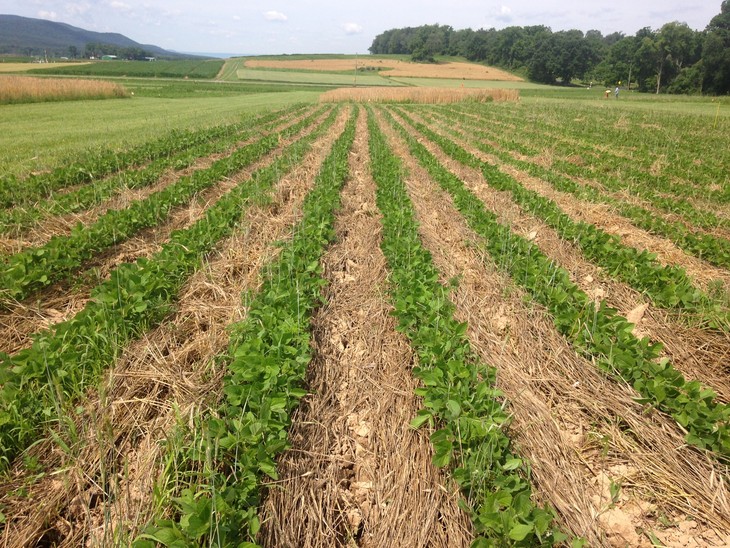Use of cover crops as climate tool on the rise

Published: December 7, 2021
Category: Regenerative Agriculture
Purdue’s Ag Economy Barometer announced recently that over half of the U.S,’ largest farms (over $500,000 worth of production yearly) planted cover crops this year. Cover crops are now seen as a way to earn money from carbon contracts while lessening climate change impacts.
In the survey of 400 producers, most were newcomers, with half of them growing covers for five years or less, on 25% or less of their land. Eighty-one percent reported improved crop yields and soil health.
However, 48% of farmers abandoned or never picked up cover crops, for reasons including “lack of resources,” “not profitable,” “hurt yields,” and “insufficient soil benefits.” Drawbacks to growing them include extra labor to sow and later kill the plants—and additional costs for seed and possibly equipment.
Because cover crops reduce erosion, smother weeds, and boost biodiversity while improving yields and soil nutrition, government and private entities have provided financial incentives. In 2018, one-third of the land planted to cover crops received financial assistance. The USDA said in early 2021 it would pay $5 an acre on crop insurance policies for planters of cover crops.
Unfortunately, farmer confidence is at its lowest since July 2020; growers expect steep increases in seed, fuel, and fertilizer costs. The USDA predicts a 7.3% increase in production costs this year, amounting to the largest outlay in five years.
Source: Food and Environment Reporting Network (FERN)
To visit source article, visit:
https://thefern.org/ag_insider/more-farmers-experiment-with-cover-crops-a-climate-tool-survey-shows/
Organic & Non-GMO Insights December 2021




